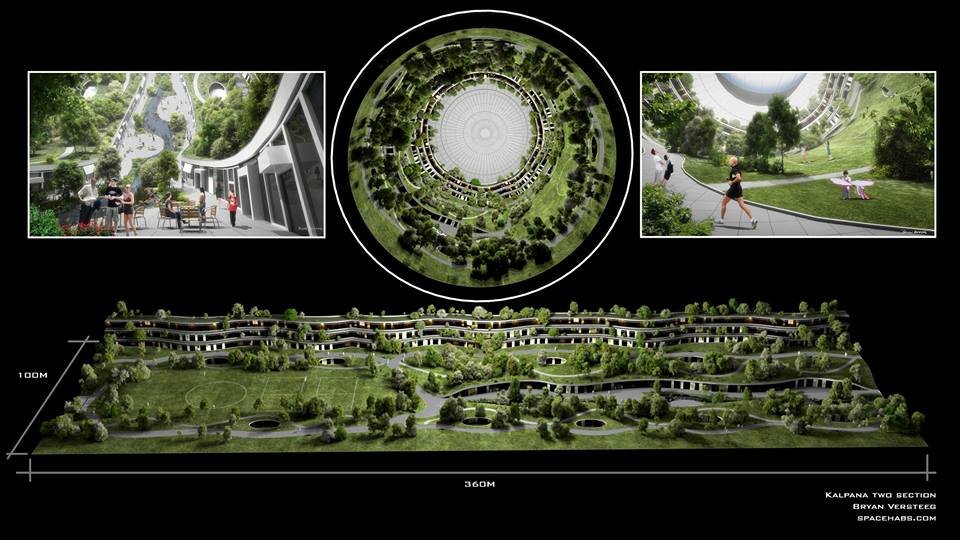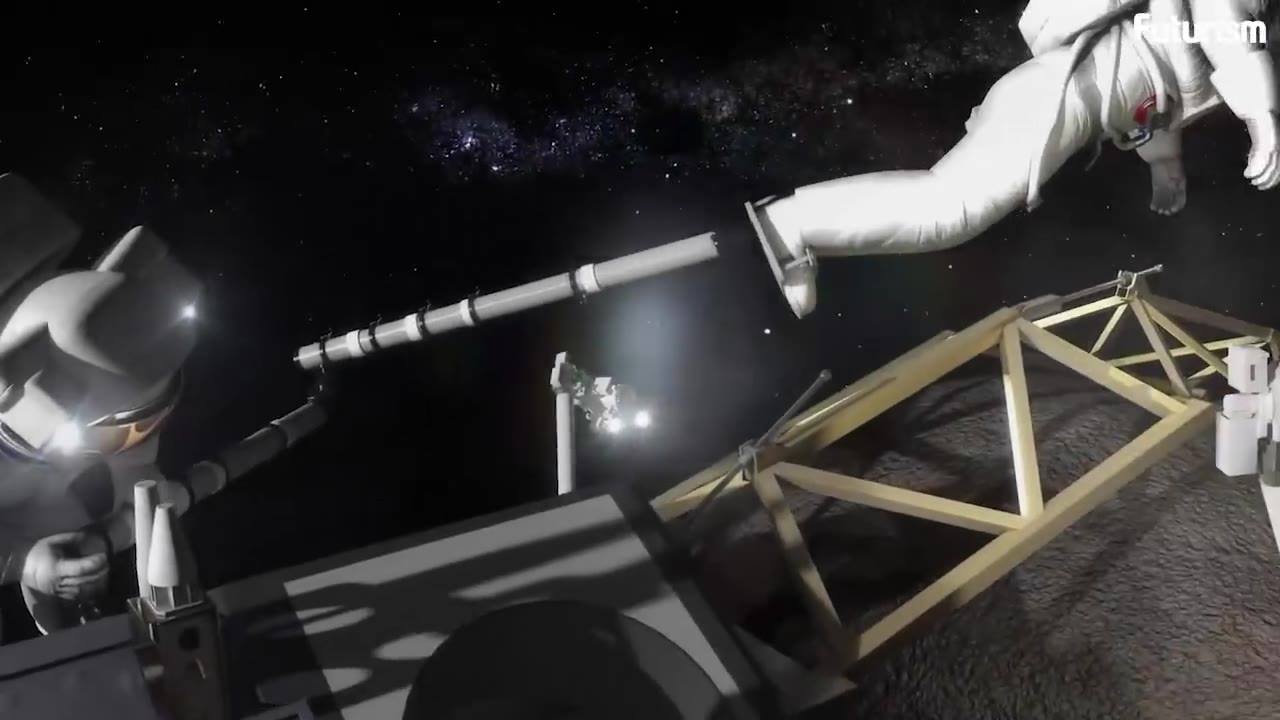#Eclipse2017
Some Americans across the U.S. will be able to view a full solar eclipse on Aug. 21 while portions of Canada will be able to view a partial eclipse.
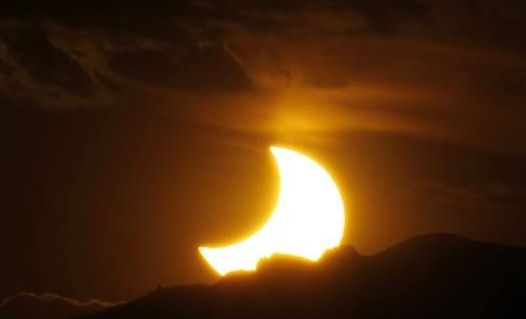
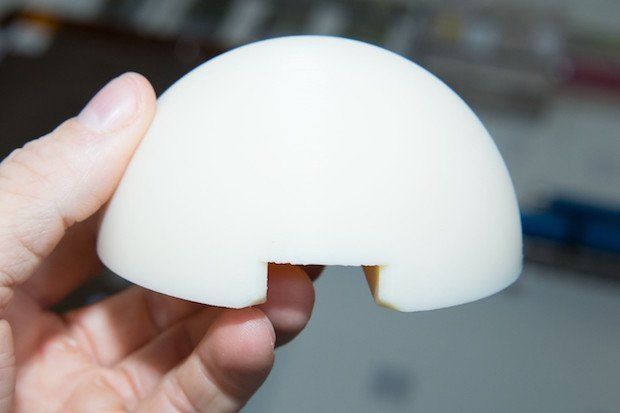
Made In Space has announced the completion of its three-part project focused on the additive manufacturing of radiation shields it launched earlier this summer, and tested them aboard the International Space Station (ISS).
TCT first reported the printing of the protective shields which are being used on NASA’s Bigelow Expandable Activity Module (BEAM) – connected to the ISS – in May. Made In Space (MIS) used its Additive Manufacturing Facility to produce the shields, which grew in thickness as the testing phase went on. The first was made at 1.1mm thick, the second at 3.3mm and the third at 10mm, all in ABS plastic.
The shields include within them channels which hold Radiation Enclosure Monitors (REM), sensors being used on the BEAM to test for radiation, recording the measurements. Astronauts aboard the ISS would change these devices at regular intervals between April and end of June, when the project concluded.
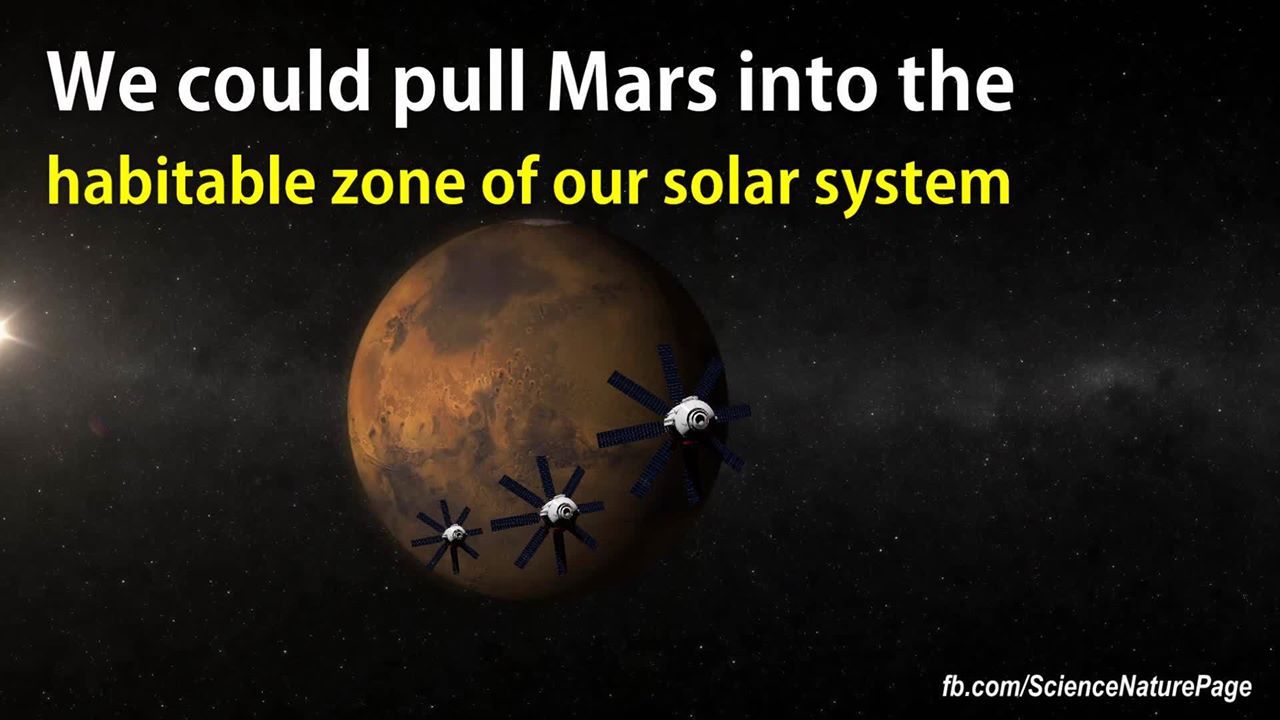

Nextbigfuture interviewed Naveen Jain at the Singularity University Global Summit. Naveen K. Jain is a business executive, entrepreneur and the founder and former CEO of InfoSpace and a fonder of Moon Express, Viome, World Innovation Institute, Bluedot, iNome, TalentWise and Intelius. He was Ernst and Young’s Entrepreneur of the Year, Silicon India’s “Most Admired Serial Entrepreneur,” and the receiver of “Albert Einstein Technology Medal” for his pioneers in technology, he has been repeatedly honored for his entrepreneurial successes. Red Herring also recognized him as one of the “Top 20 Serial Entrepreneurs” and with the “Lifetime Achievement Award.” In 2015, Naveen Jain had a net worth of $2.2 billion.
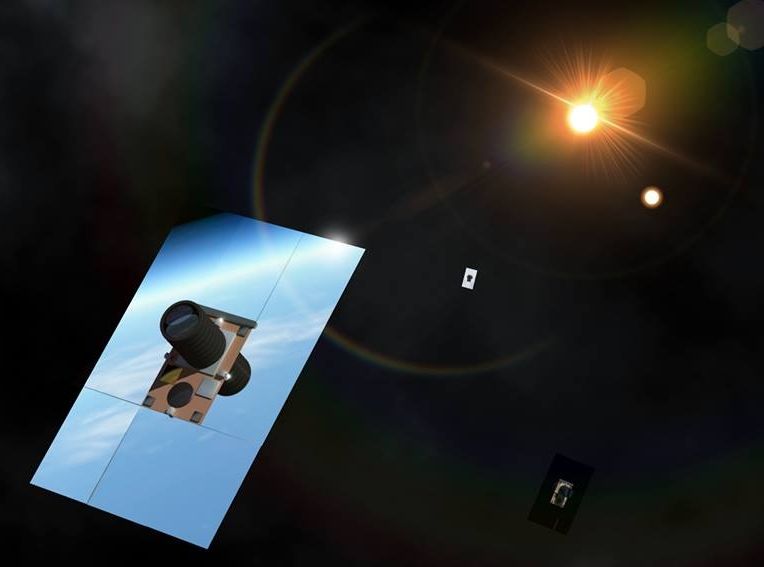
“This paper discusses the physics, engineering and mission architecture relating to a gram-sized interstellar probe propelled by a laser beam. The objectives are to design a fly-by mission to Alpha Centauri with a total mission duration of 50 years travelling at a cruise speed of 0.1c. Furthermore, optical data from the target star system is to be obtained and sent back to the Solar system. The main challenges of such a mission are presented and possible solutions proposed. The results show that by extrapolating from currently existing technology, such a mission would be feasible. The total mass of the proposed spacecraft is 23g and the space-based laser infrastructure has a beam power output of 15GW. Rurther exploration of the laser — spacecraft tradespace and associated technologies are necessary.”
https://arxiv.org/abs/1708.03556
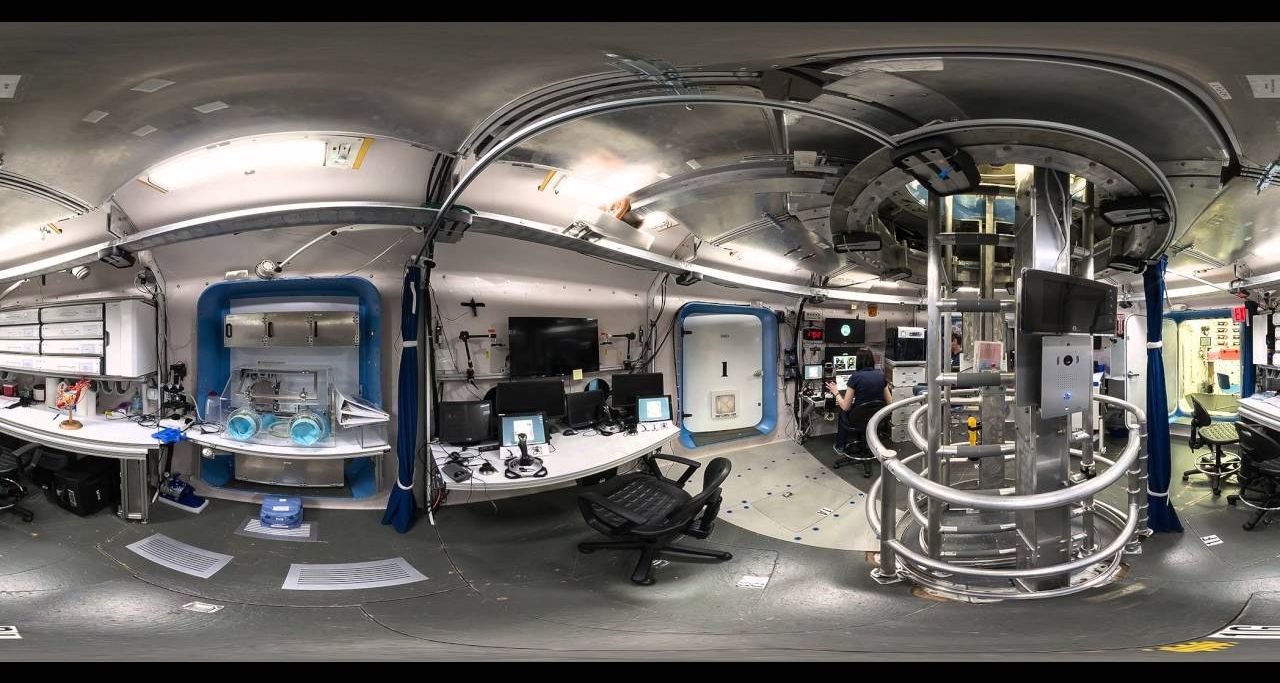
Ever wonder how astronauts will live on other worlds? Welcome to the Human Exploration Research Analog, or HERA, a habitat at NASA’s Johnson Space Center in Houston built to simulate the isolation of missions to deep space. You can take a tour of the HERA habitat with NASA interns in this new video in the style of the MTV series “Cribs.”
“HERA is a unique three-story habitat designed to serve as an analog for isolation, confinement, and remote conditions in exploration scenarios,” NASA officials explained in a video description. “This video gives a tour of where crew members live, work, sleep, and eat during the analog missions.”

How the tech billionaires are planning to send you into space.
John Thornhill investigates whether big government or big business will fund the future of space exploration.
Watch the full interview with ex-NASA Admin Charles Bolden:
Watch the full interview with sci-fi author Kim Stanley Robinson:
► Subscribe to FT.com here: http://bit.ly/2r8RJzM
► Subscribe to the Financial Times on YouTube: http://bit.ly/FTimeSubs
